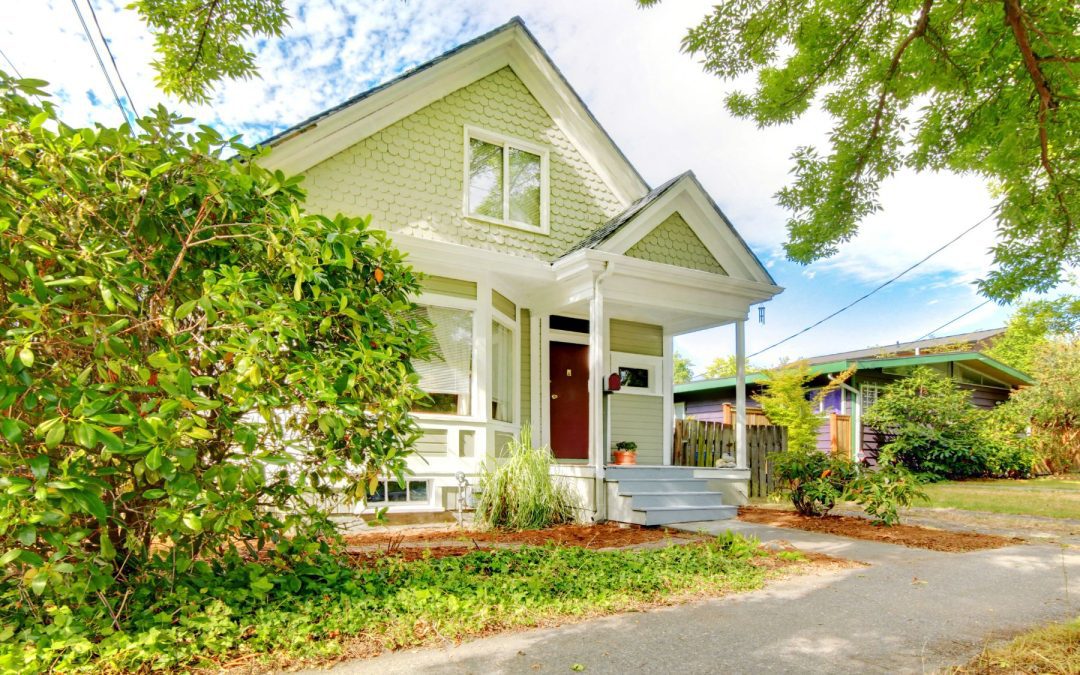You’ve fallen for the charm of an older home. But with that beauty comes the responsibility of stewardship, which means being proactive about potential issues. Understanding the common concerns in older homes is crucial for keeping your historic haven safe and secure from the foundation to the roof. Let’s explore the typical challenges and how to address them, ensuring your house remains a home for generations.
Common Concerns in Older Homes
Structural Integrity
The foundation is the bedrock of your entire home, and any issues here can have a ripple effect. In older homes, foundations can be made of stone, brick, or even a mix of materials, which can settle over many decades. Small, hairline cracks are often a result of this natural settling and are usually not a cause for panic. However, larger cracks, especially those that are horizontal or stepped, can signal a more serious issue. You might also notice sloped floors or doors and windows that stick. These can be signs of foundation movement. It’s always best to have a structural engineer or a foundation specialist assess these issues. They can provide an expert opinion and recommend solutions, from simple crack injections to more involved stabilization techniques.
Outdated Plumbing and Electrical Systems
One of the most critical safety concerns in an older home is the state of its plumbing and electrical systems. Many homes built before the 1950s used galvanized steel pipes, which can corrode from the inside out, leading to low water pressure, leaks, and discolored water. Similarly, knob-and-tube wiring was common in homes built before the 1940s. While it can be safe if it’s in good condition, it doesn’t support the electricity demands of modern appliances and electronics. It’s also more susceptible to overheating. Modernizing these systems can be a significant investment, but it’s a crucial step for preventing water damage and fire hazards. An inspection by a licensed plumber and electrician can help you determine the extent of the necessary upgrades.
The Roof Over Your Head: Protection from the Elements
The roof is your home’s first line of defense against the weather. Older homes may have roofs that have reached or exceeded their lifespan, and a failing roof can lead to extensive interior damage. Look for missing or cracked shingles, curled edges, or granules in the gutters. The flashing around chimneys, vents, and skylights can also deteriorate over time, creating opportunities for water to seep in. Regular inspections by a roofing professional can help you spot these issues early. While a full roof replacement is a big project, timely repairs can often extend the life of your roof and protect your home from costly water damage.
The Silent Threat of Hazardous Materials
Many older homes contain materials that are now known to be hazardous. Asbestos was a common component in insulation, flooring, and siding in homes built before the 1980s. When undisturbed, it generally poses little risk. However, if these materials are damaged or become friable (crumbly), they can release dangerous fibers into the air. Similarly, lead-based paint was used extensively in homes built before 1978. Chipping or peeling lead paint is a major health risk, especially for young children. Having a professional inspection for these materials before beginning any renovation or demolition work is always a good idea. Proper remediation by a certified professional is essential to ensure the safety of your family.
Common Concerns in Older Homes: FAQs
Should I get a specialized inspection when buying an older home?
Yes, in addition to a standard home inspection, it is highly recommended to hire specialists for plumbing, electrical, and structural systems.
How can I tell if my plumbing needs to be replaced?
Common signs include low water pressure, rust-colored water, and frequent leaks. If your home has galvanized steel pipes, they are likely at the end of their lifespan and should be replaced.
What’s the first thing I should do if I suspect a problem with my home’s foundation?
The first step is to call a professional. A structural engineer can provide a detailed assessment of the problem and a plan for repair, giving you peace of mind and a clear path forward.
Is it okay to do minor repairs myself on an older home?
For small, non-critical issues, yes, but for major systems like plumbing and electrical, it is always best to hire a professional. Safety and proper function are paramount, and the complexity of these systems in older homes requires expert knowledge.
Overview Property Inspection offers home inspection services in Edmonton and the surrounding area. Contact us to schedule an appointment today.

